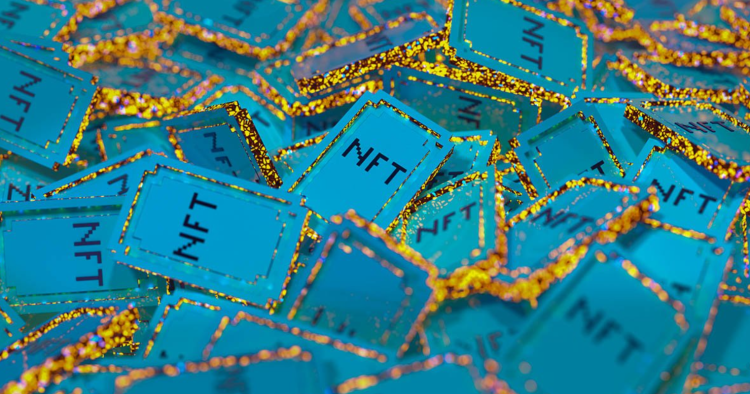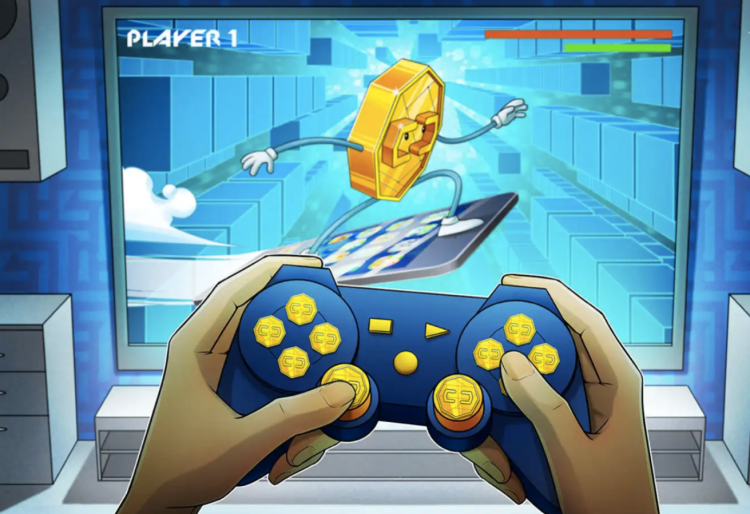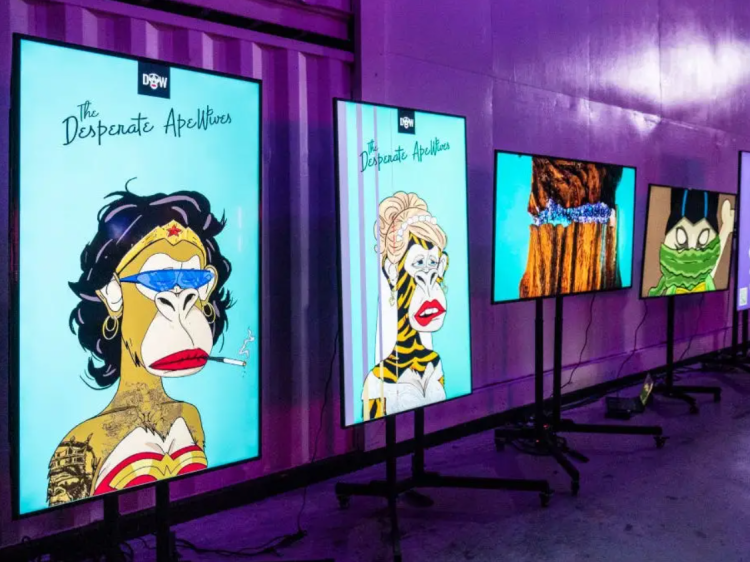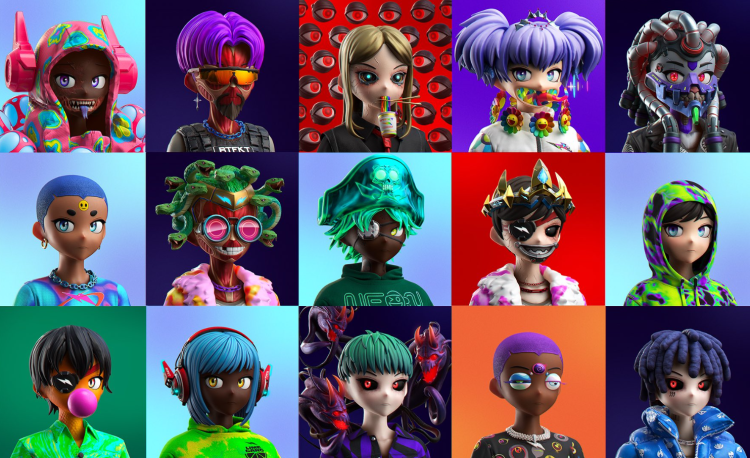
NFTs disappeared for a bit and nobody noticed — until it was too late
So yeah. Remember NFTs? Those digital tokens we were all supposed to buy instead of real art, shoes, or sanity? Well, they’re back. Sort of. This time, not because of some A-list endorsement or cartoon monkeys, but because 19,000 of them suddenly blinked out of existence last week. Or at least the images did. The tokens still lived on the blockchain, but their associated JPEGs… gone.
"Imagine spending $1.25M on a rare NFT... Come back 3 years later... And the image is just gone."
That's exactly what happened to Clone X NFT holders on April 24th. A small glitch, a big yikes, and a loud reminder that the NFT ecosystem is built on vibes, hype, and a whole lot of fragile tech infrastructure.

First, a quick NFT 101
For those lucky enough to have missed the whole NFT boom and bust: NFTs, or non-fungible tokens, are unique digital items stored on a blockchain. Think of them like digital certificates of authenticity tied to… well, anything. In practice, that usually means art, music, or video game items.
The "non-fungible" part just means they’re unique, unlike fungible assets like Bitcoin or dollars. So if you own an NFT, it’s like saying, “I own this specific JPG.” Whether or not anyone else cares is another story entirely.
At their peak, NFTs were the darling of tech bros, celebrity grifters, and companies like Ubisoft trying to sell us in-game helmets for the price of rent. But then reality hit. Prices crashed. Scams multiplied. And the culture moved on — or tried to.
The Clone X catastrophe
This week’s disappearing act was thanks to RTFKT, the NFT studio Nike bought back in 2021 for, presumably, many millions. Their big claim to fame? Clone X is a collaboration with Japanese artist Takashi Murakami that produced 20,000 digital avatar NFTs. The pitch? High-end, art-infused online identity. The result? Pictures of alien anime people in varsity jackets that people paid over $1 million for.
Then Nike pulled the plug on RTFKT in late 2024. The team promised to preserve their legacy with a new site. That’s nice. Except when they migrated the files from their old cloud servers to a new system, someone switched from a paid Cloudflare plan to a free one… too early.
“Being on a paid plan makes absolutely no sense anymore,” said former CTO Samuel Cardillo. The server said, “Cool, bye.”
And just like that, thousands of NFTs were pointing to dead links. The tokens still existed — blockchains don’t forget — but the actual images were showing 404 errors. Owners were left staring at broken icons where their expensive profile pics used to be.

The deeper problem
Here’s where it gets existential. NFTs are touted as “permanent,” “immutable,” and “yours forever.” That’s true in the technical sense — the token lives on the blockchain. But the actual asset — the thing you think you’re buying — is often just a link to a regular ol’ image file on a server somewhere. If that server dies or gets moved? Poof.
This isn’t new, either. People have warned about this since 2020. But when you’re flipping pixelated shoes and ape drawings for hundreds of thousands of dollars, it’s easy to ignore the tech under the hood.
It’s also why some projects now use decentralized storage platforms like Arweave or IPFS. Clone X has since migrated to Arweave to prevent this from happening again. But honestly? That’s like installing smoke detectors after the fire.
"While the non-fungible tokens exist on blockchains, associated images are often stored on conventional servers." — DL News

Why this matters for gaming
NFTs haven’t just existed in the fine art bubble. They’ve been shoved into games, too. Ubisoft tried it with Ghost Recon. Square Enix doubled down. Even indie developers got tempted by the siren call of “digital ownership.”
The pitch was always the same: own your skins, your loot, your rare swords forever. Trade them, sell them, flaunt them. But this Clone X debacle shows exactly why that promise is shaky. If even multi-million-dollar NFT collections can vanish in a server transition, what hope does your NFT sword in a half-dead MMO have?
Gaming already struggles with server dependency. We’ve seen entire games disappear when publishers shut off the lights. Adding NFTs just complicates things. Now, not only can the game die — your expensive “owned” item might not even have an image anymore.

Most NFTs are worthless now
Even before this glitch, the Clone X floor price had cratered. At their peak, these NFTs were selling for over $1 million. Now? You can grab one for about $300 on OpenSea. That’s not a server problem. That’s a market correction wrapped in a reality check.
Just like Beanie Babies or MySpace pages, the perceived value was always based on hype. Once the hype dies, so does the price tag.
But here’s the kicker: NFTs disappearing isn’t just about market collapse. It’s about digital fragility. When your ownership is defined by links, and those links are hosted by third parties, your “forever” asset is only as good as someone else’s invoice to Cloudflare.

The meme lives on
Naturally, Twitter/X had a field day with this. “JPEGs just vanished,” one post laughed. “This is why you don’t build the future of art on a spreadsheet with links.” Brutal. But fair.
Some folks are still riding for NFTs, of course. Decentralized hosting, better standards, “Web3 gaming.” Maybe. But moments like this show that the future still isn’t here. It's barely in beta.
"This sort of thing cannot ever happen again," said Cardillo, post-migration.
Yeah. That’s what they said about the Titanic, too.
Comments